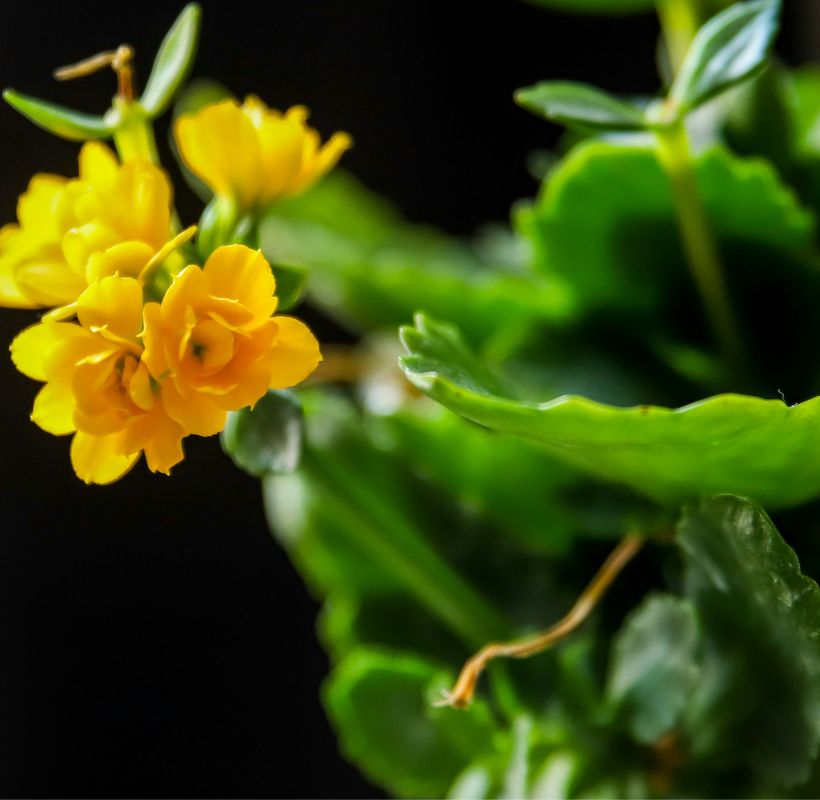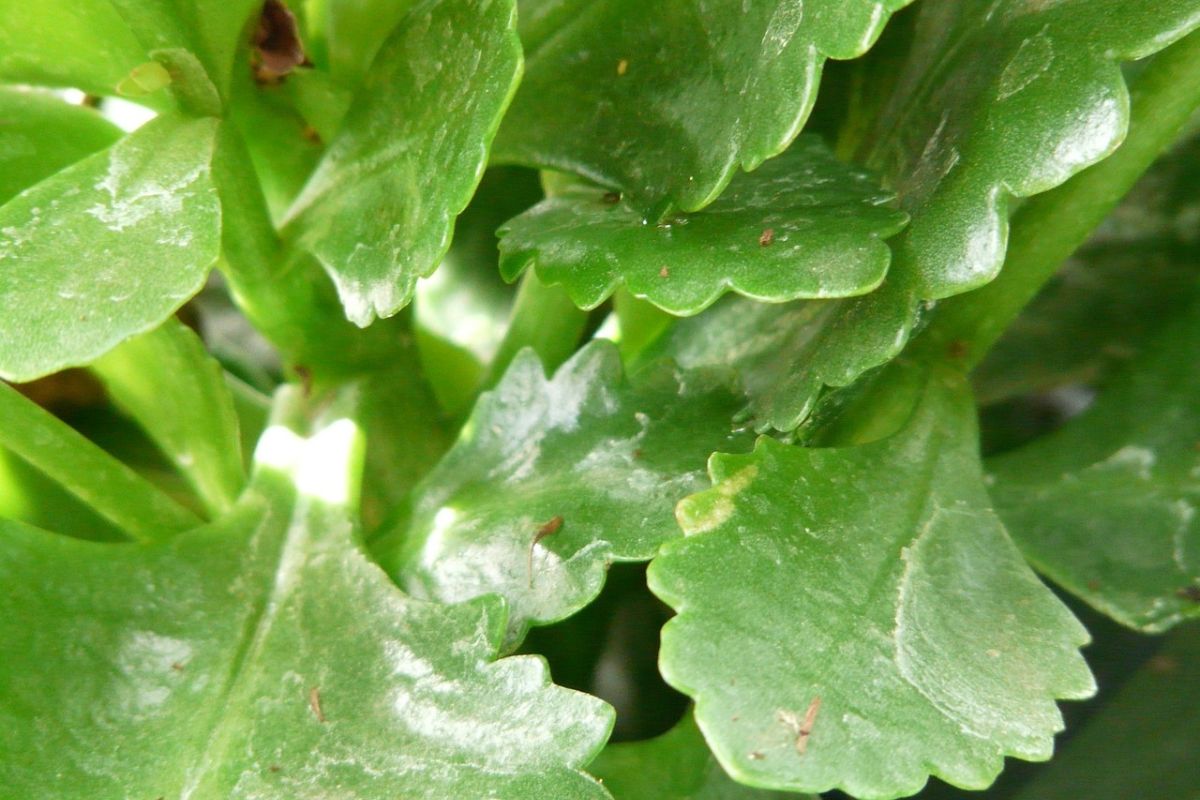Kalanchoe Plant Benefits and Care Guide
Kalanchoe Plant: A Complete Guide with Step-by-Step Benefits
Kalanchoe, a popular and vibrant succulent, has gained immense popularity among gardeners and plant enthusiasts due to its ease of care, attractive blooms, and numerous benefits. Known for its colorful flowers and fleshy leaves, the Kalanchoe plant is perfect for indoor and outdoor spaces alike. This article provides an in-depth guide to understanding the Kalanchoe plant, its varieties, benefits, and essential care tips to help you nurture this beautiful addition to your home or garden.
Introduction to the Kalanchoe Plant
The Kalanchoe plant belongs to the Crassulaceae family and is native to Madagascar and tropical regions of Africa and Asia. This succulent is best known for its thick, waxy leaves and clusters of small, vibrant flowers that bloom in a variety of colors such as red, yellow, orange, pink, and white. Kalanchoe is not only admired for its aesthetics but is also valued for its ability to thrive in dry conditions, making it an ideal choice for low-maintenance gardening.

Botanical Information:
Common Name: Kalanchoe
Scientific Name: Kalanchoe blossfeldiana (most common variety)
Family: Crassulaceae
Plant Type: Succulent, perennial
Height: 6 to 18 inches
Sun Exposure: Indirect sunlight or partial shade
Watering Needs: Low to moderate
Soil Type: Well-draining, sandy soil
Step-by-Step Kalanchoe Plant Benefits
1. Air Purification
One of the most significant benefits of the Kalanchoe plant is its ability to purify indoor air. Like other succulents, Kalanchoe absorbs carbon dioxide and releases oxygen, improving the overall air quality of your living space. Additionally, it helps eliminate harmful toxins, creating a healthier indoor environment.
Step-by-Step Process:
Place your Kalanchoe plant in well-ventilated areas of your home, such as the living room or bedroom.
Ensure it receives indirect sunlight for at least 4-6 hours daily to maximize its air-purifying ability.
Avoid overwatering to prevent mold growth, which could counteract Kalanchoe Plant benefits.
2. Stress Relief and Mood Boosting
The presence of plants, including Kalanchoe, can reduce stress and improve mental well-being. Its colorful flowers and appealing appearance can create a calming atmosphere, contributing to a more relaxed state of mind.
Step-by-Step Process:
Choose a bright spot near a window where the plant's vibrant flowers can be seen easily.
Regularly interact with the plant by watering, pruning, or simply admiring its beauty.
Place the plant in your workspace or study area to promote focus and reduce anxiety.
3. Adds Aesthetic Value
Kalanchoe plants are highly valued for their decorative appeal. Their ability to bloom throughout the year, especially during winter when other plants may not flower, makes them ideal for brightening up indoor spaces.
Step-by-Step Process:
Use decorative pots or planters that complement the color of your Kalanchoe flowers.
Group multiple Kalanchoe plants together to create a colorful indoor garden.
Rotate the plants occasionally to ensure even growth and exposure to light.
4. Low-Maintenance and Resilient
Kalanchoe plants are incredibly resilient and require minimal care, making them perfect for beginner gardeners or busy individuals.
Step-by-Step Process:
Water the plant only when the top inch of soil feels dry to the touch.
Place it in an area with bright but indirect sunlight.
Use well-draining soil to prevent waterlogging and root rot.
Fertilize lightly during the growing season (spring and summer).
5. Ideal for Gifting
The Kalanchoe plant is often associated with positivity, health, and good fortune, making it an excellent gift for friends and loved ones.
Step-by-Step Process:
Choose a healthy, blooming Kalanchoe plant from a nursery or garden center.
Place the plant in a decorative pot, adding a personalized note or ribbon.
Gift it for occasions like housewarmings, birthdays, or holidays.
6. Natural Humidifier
Kalanchoe plants release moisture into the air through a process called transpiration, increasing indoor humidity levels. This can be particularly beneficial during dry seasons or in air-conditioned spaces.
Step-by-Step Process:
Keep the plant in areas where humidity is low, such as near air vents or heaters.
Avoid placing the plant in overly humid areas like bathrooms, as it may lead to fungal issues.
Group Kalanchoe with other succulents to improve humidity levels in a room.

How to Care for the Kalanchoe Plant
Proper care is essential for keeping your Kalanchoe plant healthy and thriving. Follow these guidelines to ensure its longevity:
1. Light Requirements
Kalanchoe thrives in bright, indirect light. Too much direct sunlight can scorch the leaves, while too little light can prevent blooming.
2. Watering
Water the plant sparingly, as overwatering can lead to root rot. Allow the soil to dry out between waterings.
3. Soil
Use well-draining, sandy soil to mimic the plant's natural habitat. A cactus or succulent potting mix works best.
4. Temperature and Humidity
Keep the plant in temperatures between 60-85°F (15-29°C). Kalanchoe prefers low humidity and is not frost-tolerant.
5. Fertilization
Feed the plant with a balanced fertilizer every 4-6 weeks during the growing season (spring and summer). Avoid fertilizing in winter.
6. Pruning
Prune spent flowers and yellowing leaves to encourage new growth and maintain the plant's appearance.
7. Repotting
Repot your Kalanchoe plant every 2-3 years or when it outgrows its container. Use a pot with good drainage.
Conclusion
The Kalanchoe plant is a versatile and stunning addition to any home or garden. Its colorful blooms, air-purifying qualities, and low-maintenance nature make it a favorite among plant lovers. With its multiple benefits, including stress relief, aesthetic value, and medicinal properties, the Kalanchoe plant is not only beautiful but also practical. By following the care tips and understanding its step-by-step benefits, you can enjoy the charm of this resilient succulent year-round.

